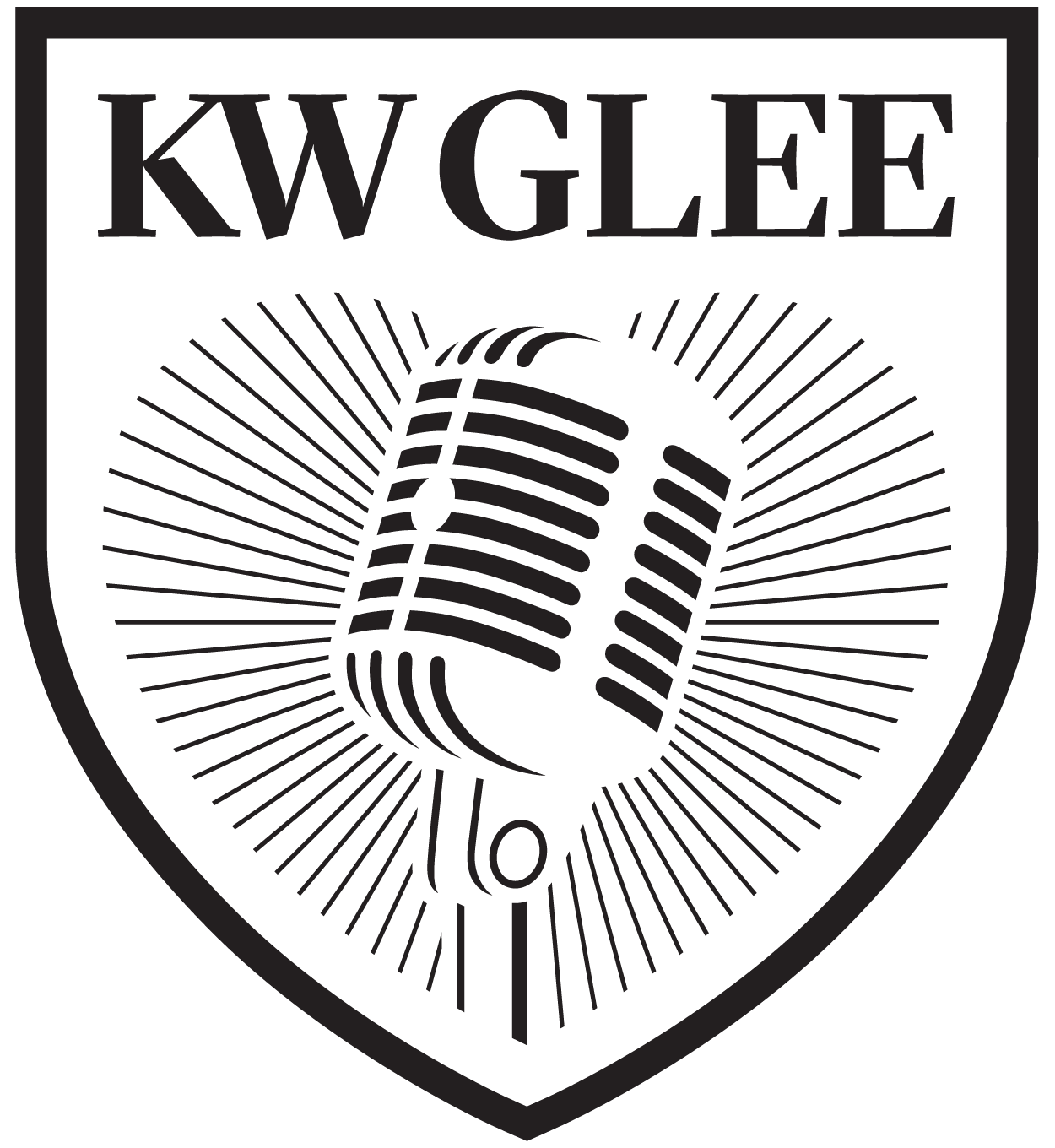Without a well-defined artist collaboration agreement, an otherwise successful collaboration can lead to misunderstandings, hurt feelings, resentment, conflict, disputes and an unsafe space to create and rehearse. An artist collaboration agreement defines the responsibilities of the members based on an agreed upon set of criteria. All members of KW Glee Senior agree to abide by these principles of collaboration.
- How we treat others is a choice. Choose kindness and inclusion.
- Be patient with yourself and others.
- Be welcoming! Make an effort to branch out and connect with everyone; make new friends.
- Lead by example, take initiative, have a growth mindset, and assume everyone is doing their best.
- Treat others as equals and how you would want to be treated.
- Use resources then ask for help, give help when asked, support others. Invest in your own personal practice so the collective rehearsal and shows are successful.
- Cheer on others! Compliment people and praise them for their growth even if things aren’t perfect, recognize that this a learning environment where we celebrate both successes and mistakes. Failure is a part of success
- Recognize that your have the power to influence the room positively or negatively, each person has personal power
- Stay present, active listening, focus on the goal of the rehearsal or the term as a whole
- Engage in the work from a positive perspective. Aim to bring your best self to rehearsal and bring out the best in others
- No bullying, discrimination, abuse, or violence of any kind.
- Everyone belongs and deserves to be here. We are all equal parts of the Glee community.
Acknowledge:
- Different learning styles and speeds
- Different Backgrounds and potential barriers to success
- The variety of skill levels: singing, dancing, communicating… everything!!
- The variety of abilities and limitations
- Different boundaries and comfort levels
- Different opinions
- Uniqueness of each person
Respect:
- Yourself
- The Instructors
- The Space
- The Process
- Your peers/each other as people and performers
Values:
- Kindness and care
- Practising empathy and giving grace
- Helping and supporting others
- Commitment & hard work
- Punctuality
- Honesty
- Communication
- Patience
- Humility
- Gratitude
- Building confidence and leadership
HAVE FUN!!!



The Learning Universe
There are 4 predominant learning styles: Visual, Auditory, Read/Write, and Kinaesthetic
Four Learning Styles
Visual Learners
Visual learners are better able to retain information when it’s presented to them in a graphic depiction, such as charts, diagrams, symbols, and more. Similar to how designers use visual hierarchy to emphasize specific design elements, visual learners thrive with clear pictures of information. Example: Sheet Music, Choreography Videos.
Auditory Learners
Sometimes referred to as “aural” learners, auditory learners prefer listening to information that is presented to them vocally. These learners work well in group settings where vocal collaboration is present and may enjoy reading aloud to themselves, too. Example: Listening to the melody or harmony sung and then copying it.
Reading & Writing Learners
Focusing on the written word, reading and writing learners succeed with written information on worksheets, presentations, and other text-heavy resources. These learners are note-takers and perform strongly when they can reference written text. Example: Writing notes about the rehearsal experience, where to breathe, vowels, etc.
Kinesthetic Learners
Taking a physically active role, kinesthetic learners are hands-on and thrive when engaging all of their senses during course work. These learners tend to work well in scientific studies due to the hands-on lab component of the course.
Example: Choreography rehearsals.
What is motor learning?
The process of the acquisition and/or modification of a skilled action.
Learning is a dynamic process that takes place over time and through a variety of circumstances.
Three Stages of Motor Learning
Stage 1: Cognitive
This is foundation-laying novice level where conscious effort is required. The learner can only manage one aspect at a time. There is a lot of variance in accuracy which is part of the process so feedback should be clear, simple, direct and delivered with kindness.
Stage 2: Associative
This is the stage where the student has established the action sequence and is able to refine their strategies. They can broaden their focus and respond to context and environmental factors.
Stage 3: Autonomic
At this stage, the learner has internalized the skill and is able to perform it with minimal cognitive monitoring so it is almost automatic. A student at this level is able to respond to more variables and environmental factors. Performances are mostly free of error with minimal to no feedback required. This stage requires repeated performance/practice in order to maintain autonomic levels (if you don’t use it, you lose it).

